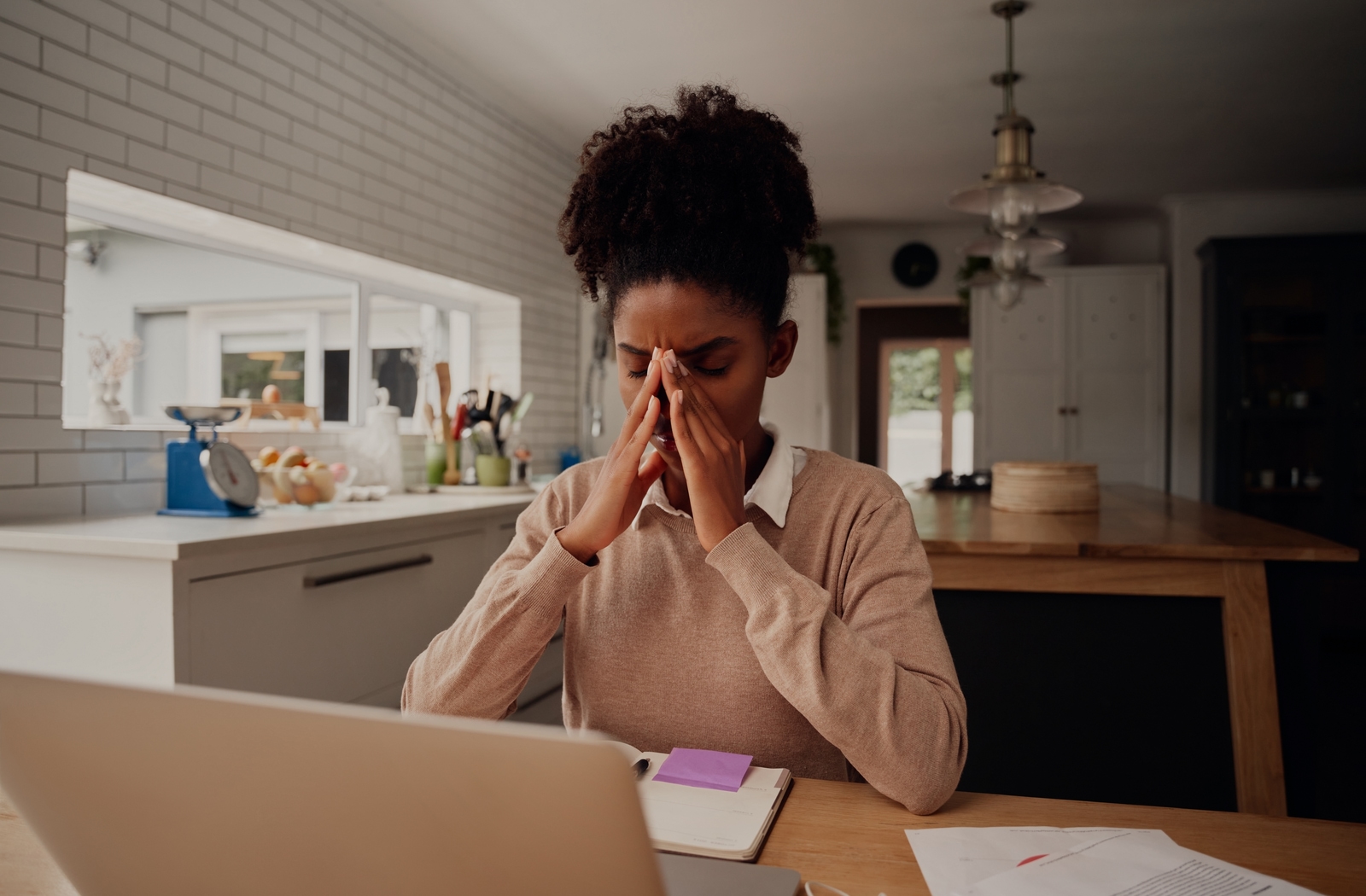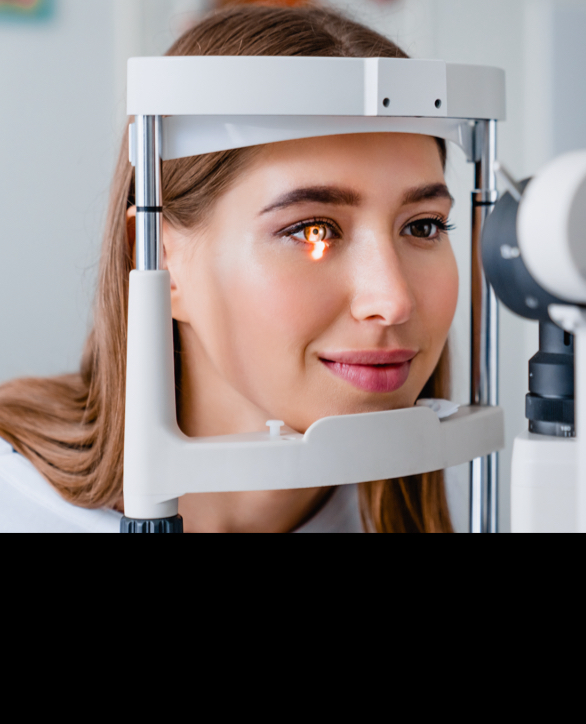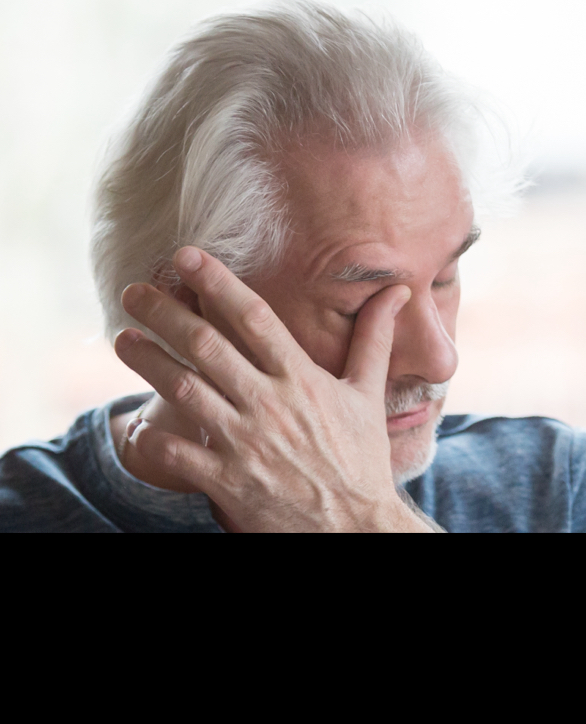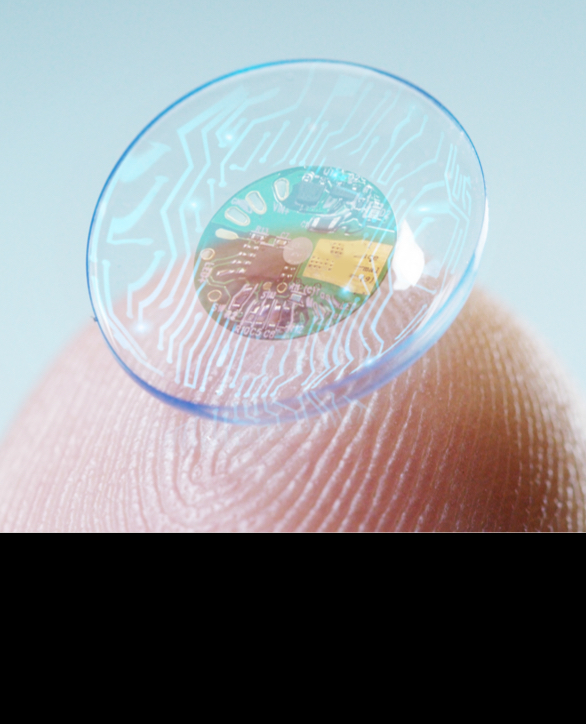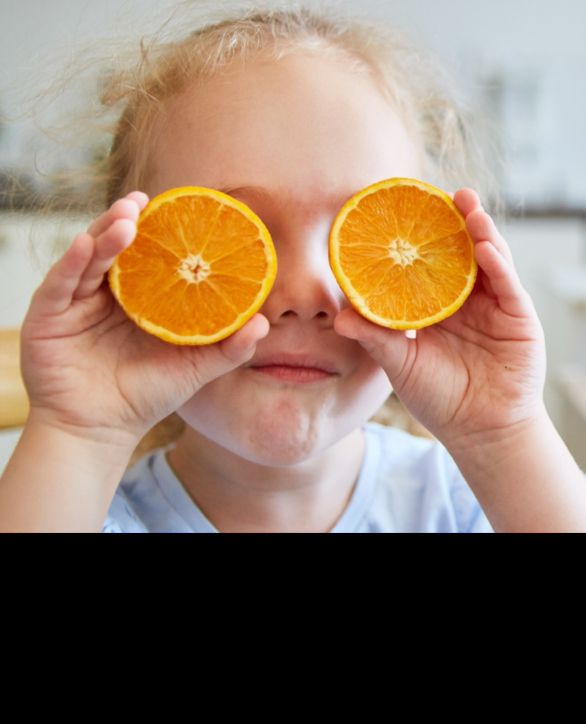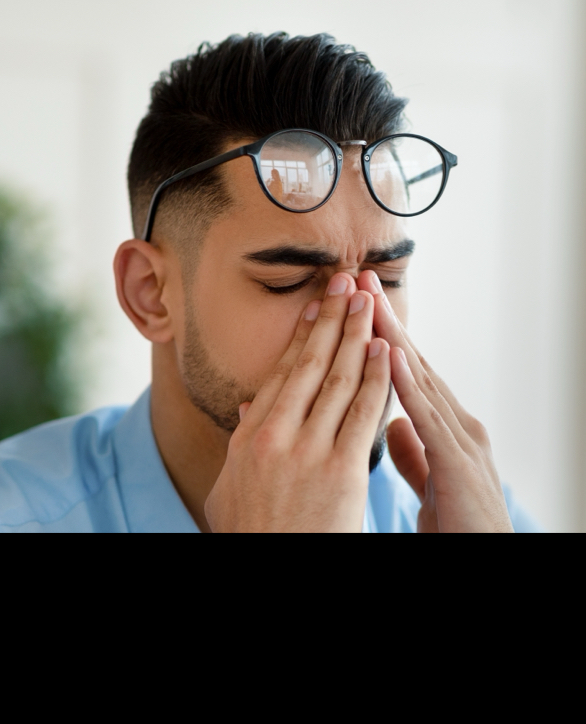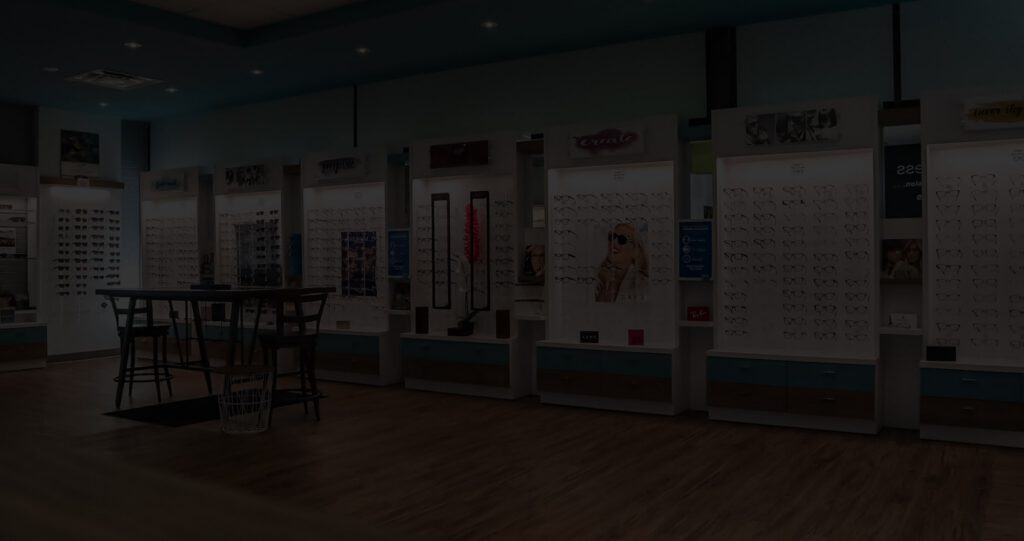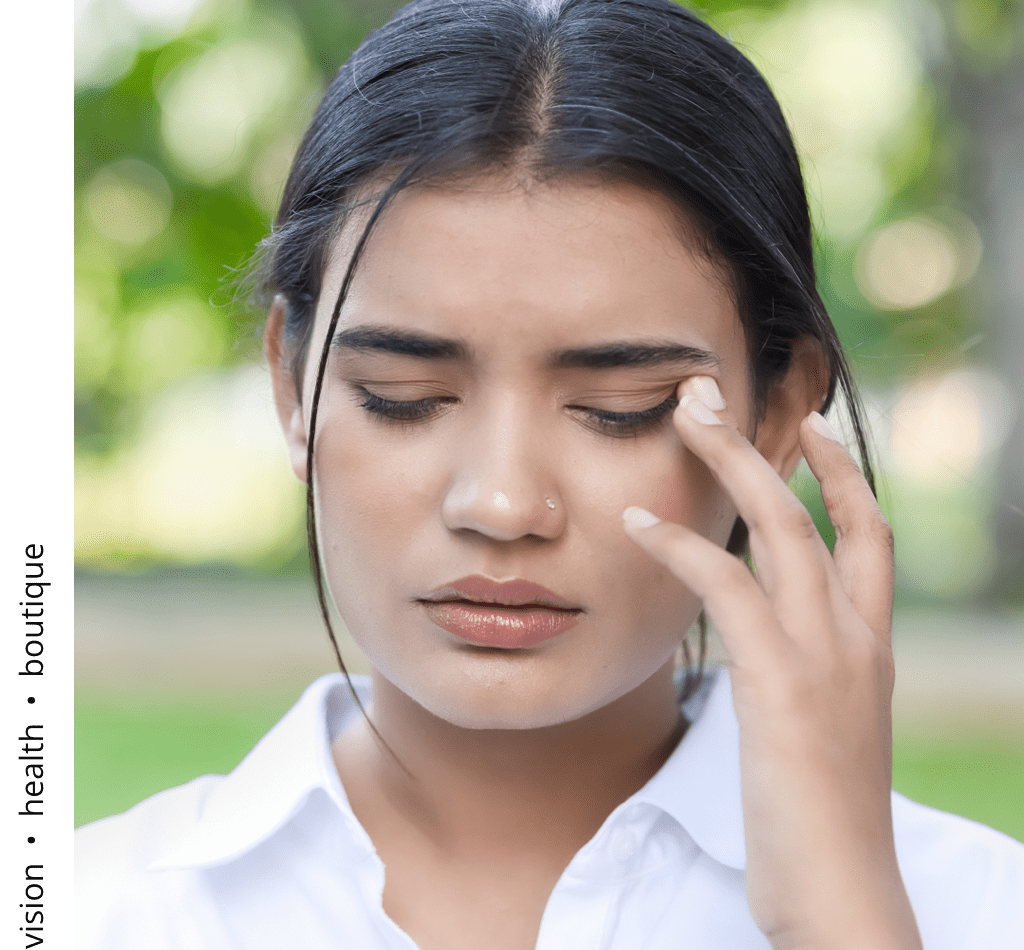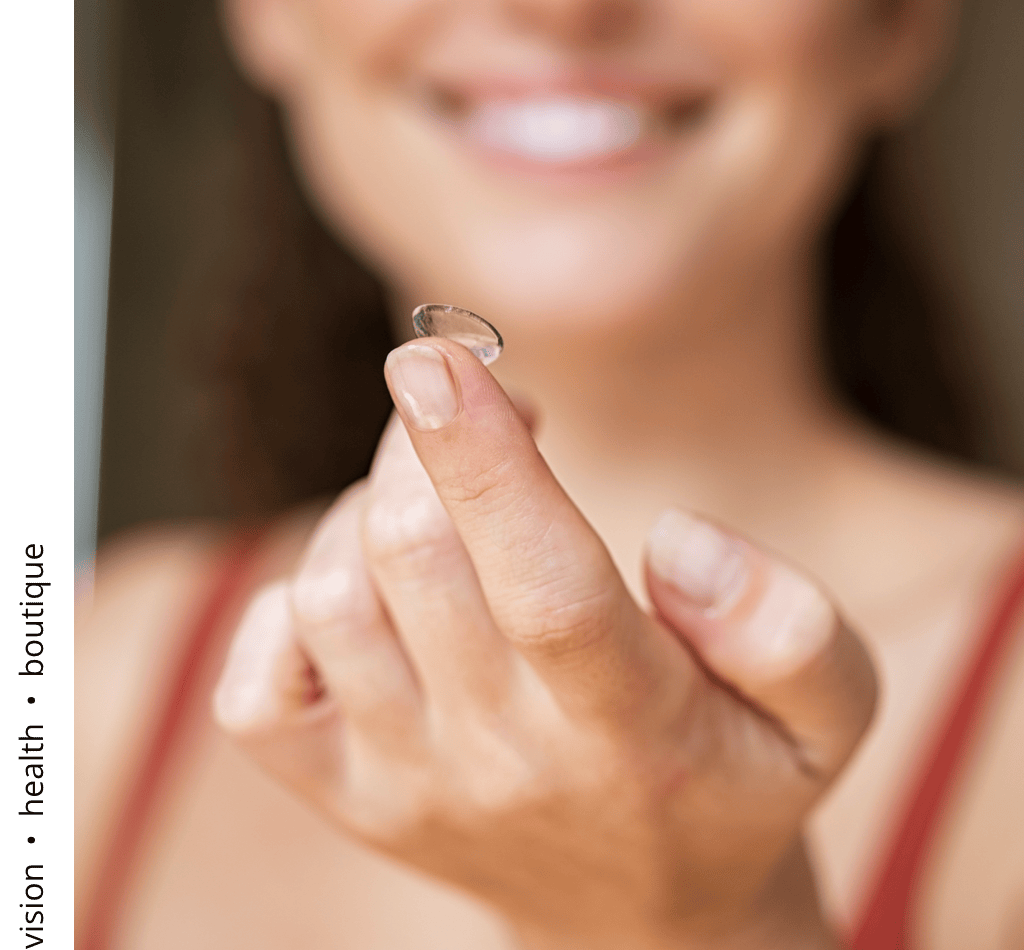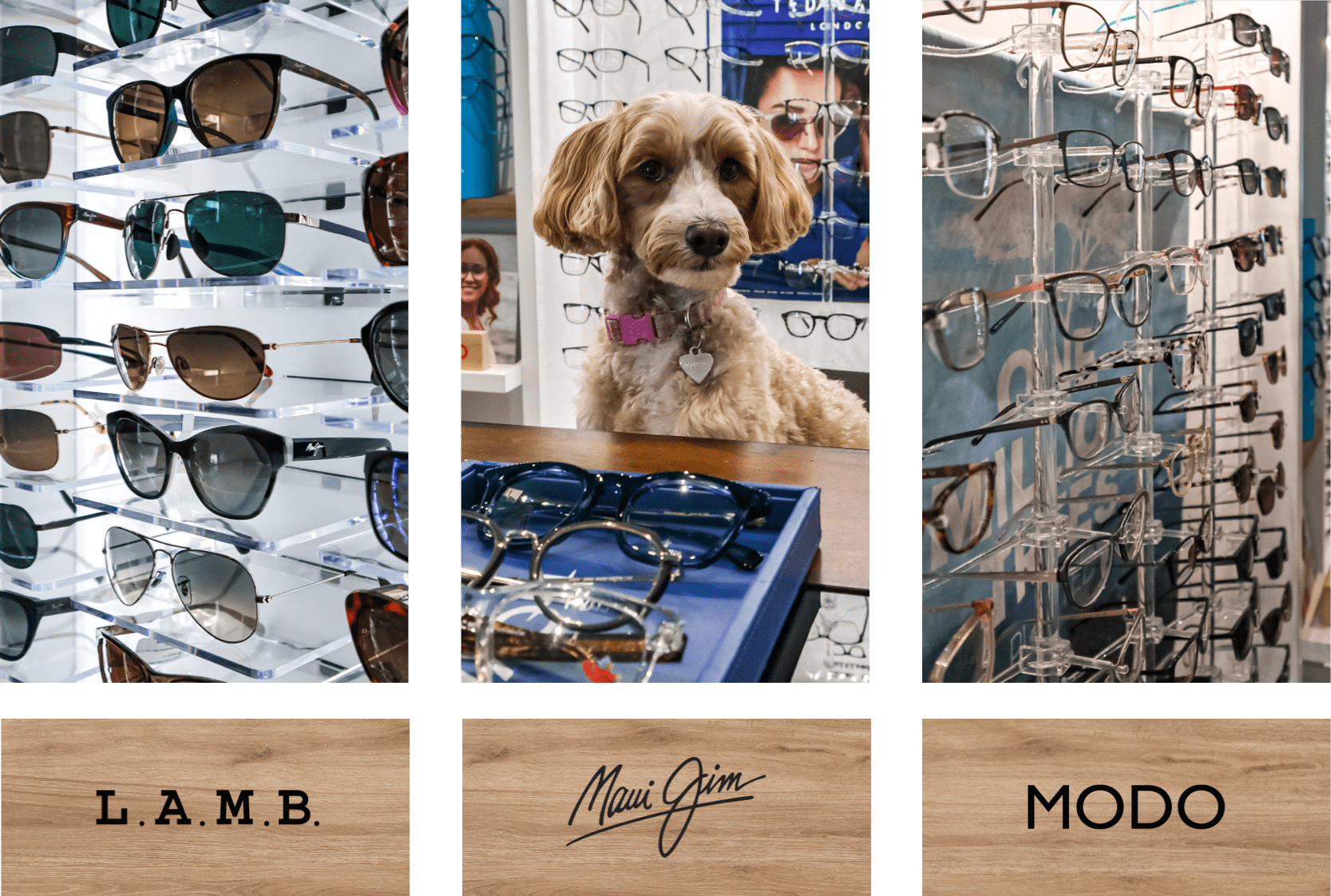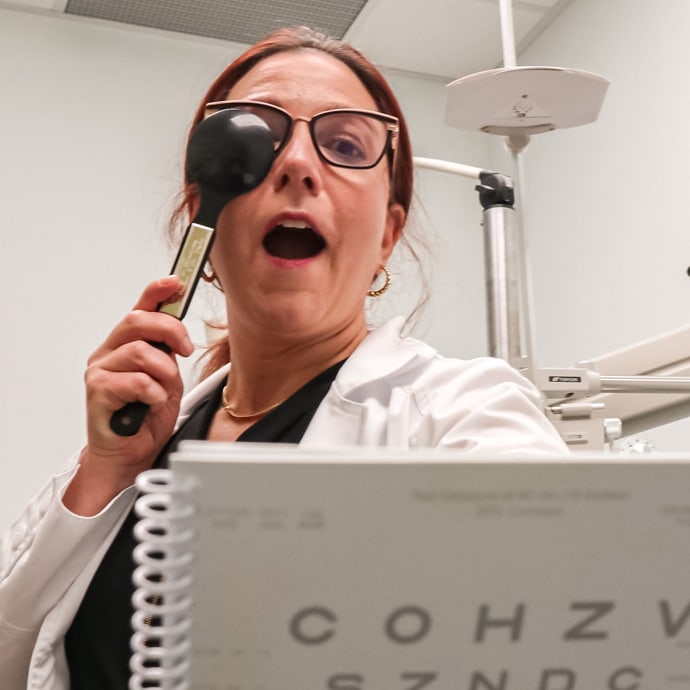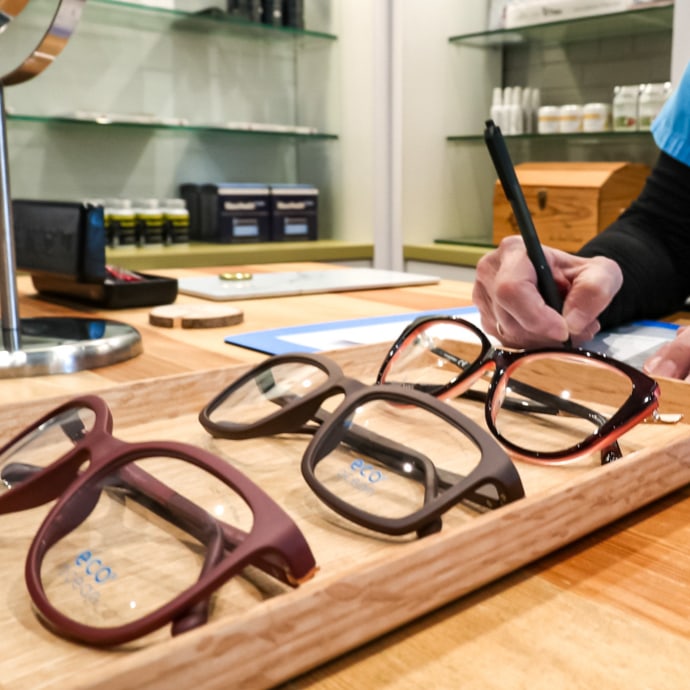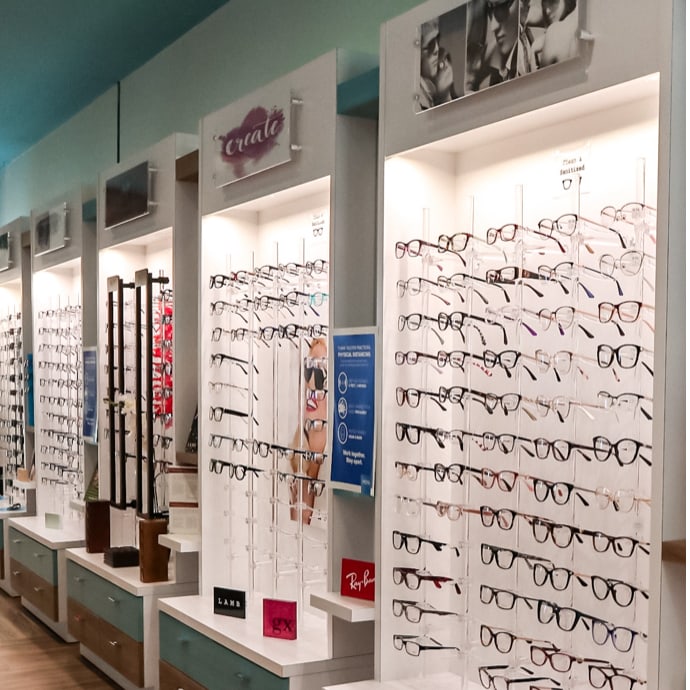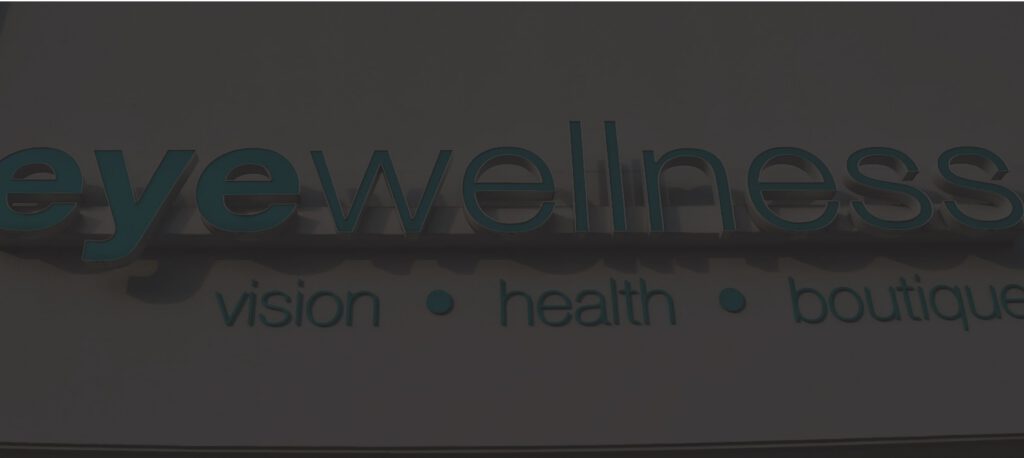Dry, irritated eyes can be more than just a nuisance—they can interfere with your daily life and comfort. Whether you’re dealing with a gritty sensation, blurry vision, or excessive tearing, dry eye symptoms often point to an imbalance in your tear film. While professional treatment is often essential for managing dry eye, there are still simple steps you can take at home to support and enhance your eye health alongside expert care.
What Causes Dry Eyes?
Dry eye occurs when your eyes don’t produce enough tears or when your tears evaporate too quickly. This can cause discomfort, irritation, and even blurry vision. But what leads to this common condition? Here are several contributing factors:
Reduced Blink Rate from Screens: Prolonged screen time can reduce blinking by up to 50%, limiting tear spread and increasing evaporation.
Aging: Tear production naturally declines with age, especially after 50.
Dry or Windy Environments: Exposure to air conditioning, heaters, or dry outdoor climates can cause tears to evaporate more quickly.
Contact Lens Use: Contacts can absorb moisture from your eyes, disrupting the tear film and worsening dryness.
Medical Conditions & Medications: Conditions like Sjögren’s syndrome or diabetes, and medications such as antihistamines or antidepressants, can reduce tear production.
Hormonal Changes: Shifts in hormones during pregnancy, menopause, or from birth control can affect tear balance.
Dehydration & Poor Diet: Not drinking enough water or lacking nutrients like omega-3 fatty acids may contribute to dry eye symptoms.
Dry Eye Treatment at Home
Dry eye is an eye condition affecting your tears, either tear quantity or quality. The symptoms of dry eye include:
- Dry eyes
- Watery eyes
- Blurry vision
- Light sensitivity
- Redness or irritation
Optometrists can offer treatment through dry eye therapy, but you might also want a few extra tricks up your sleeve. Severe forms of dry eye linked to other eye conditions need an optometrist’s help. Still, there are some ways you can relieve dry eyes naturally at home.
Here are 10 dry eye remedies you can do at home.
1. 20-20-20 Rule
Digital screens can overwhelm our visual system, causing digital eye strain. One way to prevent fatigue, dry eye, and other digital strain symptoms is the 20-20-20 rule.
Instead of deleting digital screens from your life, the 20-20-20 rule is a guideline about taking breaks. Every 20 minutes of screen time, take a 20-second break. During your break, focus your eyes on an object 20 feet (6 metres) away, allowing your eyes to readjust.
2. Warm Compress
A warm compress can help soothe symptoms of many eye conditions. For example, heat can reduce inflammation or irritation caused by dry eyes. It may also stimulate the meibomian gland, creating better quality tears.
Generally, a moist warm compress is more effective than a dry warm compress for transferring soothing heat to deeper tissues. But, you can also experiment to find which feels better for you.
3. Better Sleep
Healthy sleep benefits multiple body functions. It’s also when our eyes have a long rest period, allowing time for recovery and repair. Additionally, if your dry eyes result from an immune disorder, sleep is crucial for regulating inflammation.
How much sleep you need can change depending on age, health, or individual factors. Generally, adults need between 7–9 hours of sleep. Children and teens need a few more hours than adults, but seniors need less sleep as they age.
4. Stay Hydrated
You already know your tears are wet, so it’s probably no surprise you need to stay hydrated to fuel your tears. Your tears are 98% water, with 2% composed of oils, salt, and proteins.
A well-known guideline suggests adults drink 6–8 glasses of water (250 ml or 8 fl oz) every day. However, how much water you need can vary depending on activity level, health, and environment. So if your eyes are dry, you should try adding an extra glass.
5. Blink More
Digital screens can change how we blink. Although we may blink a similar amount of times, it isn’t a complete blink. Essentially, the quality of our blinking doesn’t allow our eyes the moment of rest and lubrication it needs to keep working.
A purposeful blink, such as taking a moment to blink a few times rapidly, ensures you have a complete blink.
6. Clean Eyes
Hygiene helps us protect our whole body health, but cleaning your eyes can also prevent dry eyes. In addition, keeping your eyelids, eyelashes, and ocular area bacteria-free can reduce your risk of developing infections and eye conditions, including blepharitis.
Blepharitis, an inflammation of your eyelids caused by clogged oil glands, can cause dry eyes. The condition isn’t reversible, but it is preventable, and you can manage symptoms with eye care.
Blepharitis symptoms include:
- Dry eye
- Burning
- Foamy tears
- Light sensitivity
- Redness or irritation
- Crusty eyelids/eyelashes
- Swelling (eyelids or cornea)
- Eyelashes falling out
- Blurry vision
7. Eye Drops
Eye drops or artificial tears support your natural tear film to protect the surface of your eye. There are many over-the-counter options, with some eye drops containing preservatives to prevent harmful bacteria from developing.
Some eyes experience a reaction to the preservatives, resulting in inflammation and dry eyes. If your eye drops increase your symptoms or cause dry eye, ask your optometrist about options for preservative-free eye drops.
8. Add A Humidifier
Humidifiers add moisture to a room or area and can ease symptoms caused by environmental dryness, including dry eye.
Humidifiers can also improve other health issues related to dryness:
- Dry skin
- Dry cough
- Nose irritation
- Sinus congestion
- Headache
- Dry throat
If you’re experiencing multiple symptoms of dryness, a humidifier can be a simple method to refresh your room.
9. Contact Lens Care
Many contact lens wearers develop dry eye, but you don’t need to give up contacts to improve eye lubrication. Instead, contact lens hygiene and contact lens services can enhance comfort and reduce the risk of dry eye or other adverse health effects.
If you notice that wearing your contacts aggravates your symptoms, try taking contact lens breaks. Practice habits for lens care, including:
- Using eye drops before you place your contacts
- Regularly cleaning your lenses with lens solution
- Changing contacts as recommended or prescribed
Some eyes react to contact lens solution, mimicking symptoms of dry eye. However, daily disposable contacts can help refresh the eye surface, reducing sensitivity and symptoms.
Another alternative is switching to scleral lenses, which can effectively treat dry eyes because their shape allows for a moisture reservoir.
10. Nutrition Boost
Water might make up most of your tear content, but the remaining percentage is crucial to maintain tear quality. Your tear glands need nutrients to create the oils that reduce tear evaporation.
For example, Omega-3 fatty acids (fish oil) can reduce your risk of dry eye by 17% by soothing symptoms and improving tear quality.
Suppose you don’t receive the nutrients you need naturally through your diet. In that case, there are supplements for eye health, including nutrient essentials like:
- Vitamin A
- Vitamin C
- Vitamin D
- Lutein & Zeaxanthin
- Zinc
Protect Eye Health with Expert Advice
Many at-home remedies can effectively manage minor symptoms of dry eye. But you may need more help with severe symptoms. With expert advice from our optometrists, you don’t need to suffer from dry eyes. Meet our team at Eye Wellness, and we can develop a plan for treating your eye health.
Request an appointment for dry eye or any eye health needs.


